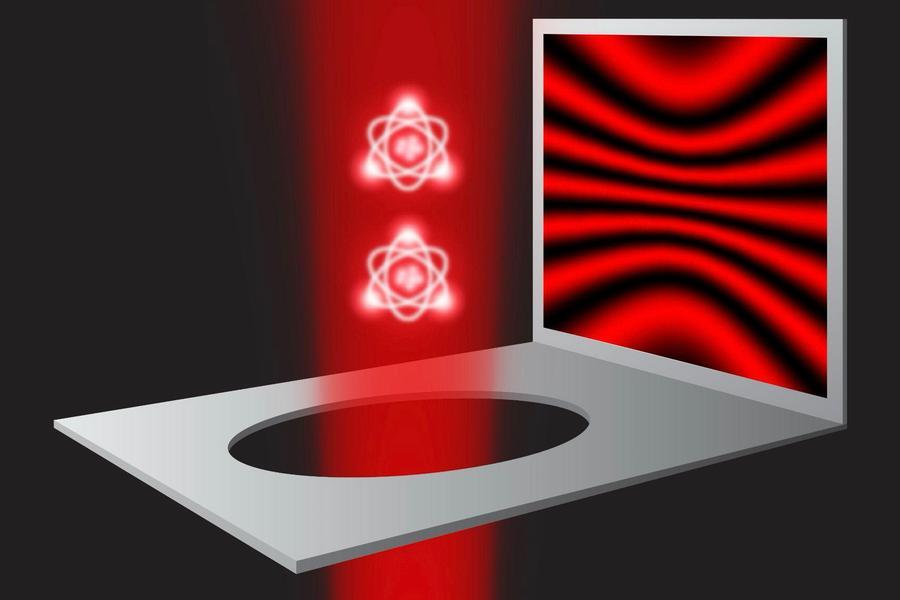
MIT Confirms Einstein was Wrong after 98 Years using Ultracold Atoms in Double-Slit Experiment
The famous double-slit experiment, a staple of quantum mechanics, has been a subject of debate among physicists for nearly a century. The experiment, which involves passing light or particles through two parallel slits and observing the resulting pattern on a screen, has been the center of a long-standing controversy between two of the greatest minds in physics, Albert Einstein and Niels Bohr. Recently, a team of physicists from MIT has performed an “idealized version” of the double-slit experiment using ultracold atoms and a single photon, and their findings have confirmed that Einstein’s long-held belief was, in fact, incorrect.
The double-slit experiment has been a cornerstone of quantum mechanics since its inception. In the 1920s, experiments were conducted using light, and the results showed a characteristic pattern of bright and dark regions on the screen, known as an interference pattern. This pattern is a result of the light waves passing through the slits and interacting with each other. However, when the experiment was repeated using particles, such as electrons, the interference pattern disappeared, and a series of dots appeared on the screen instead.
This led to a debate between Einstein and Bohr, two of the most prominent physicists of the time. Einstein believed that a photon, the smallest unit of light, would leave a trace when passing through a slit, whereas Bohr argued that the photon would not leave a trace, as it was a wave. This debate has been ongoing for nearly a century, with many experiments conducted to try and settle the issue.
Recently, a team of physicists from MIT has performed an experiment that has finally confirmed Bohr’s theory. The team, led by physicist Wolfgang Ketterle, used ultracold atoms and a single photon to perform the double-slit experiment. The atoms were cooled to a temperature of just above absolute zero, making them nearly motionless. The photon was then passed through two parallel slits, and the resulting pattern on the screen was observed.
The results of the experiment were striking. The team observed the characteristic interference pattern, identical to the one observed in the original double-slit experiment using light. This confirmed that the photon was behaving like a wave, and not leaving a trace as Einstein had believed.
But what makes this experiment truly remarkable is the level of control and precision achieved by the team. By using ultracold atoms and a single photon, the team was able to strip the experiment down to its quantum essentials, eliminating any extraneous variables that might have affected the results.
“This experiment is an idealized version of the classic double-slit experiment,” said Ketterle. “We were able to control the experiment in a way that allowed us to test the fundamental principles of quantum mechanics.”
The implications of this experiment are far-reaching. It confirms that the principles of quantum mechanics, which were first proposed in the early 20th century, are still valid today. It also provides further evidence for the strange and counterintuitive nature of quantum mechanics, which continues to fascinate and confound physicists to this day.
As Ketterle noted, “The double-slit experiment is a fundamental test of quantum mechanics, and our results confirm that the principles of quantum mechanics are still valid even when we use the most advanced technology available today.”
The experiment has also sparked new interest in the study of quantum mechanics and its applications. As researchers continue to push the boundaries of what is possible with quantum mechanics, new technologies and innovations are being developed, from quantum computers to quantum encryption.
In conclusion, the recent experiment performed by the MIT team has confirmed that Einstein’s long-held belief was incorrect, and that the photon does behave like a wave when passing through a slit. The experiment has also provided further evidence for the strange and counterintuitive nature of quantum mechanics, and has sparked new interest in the study of this fundamental area of physics.
Source






